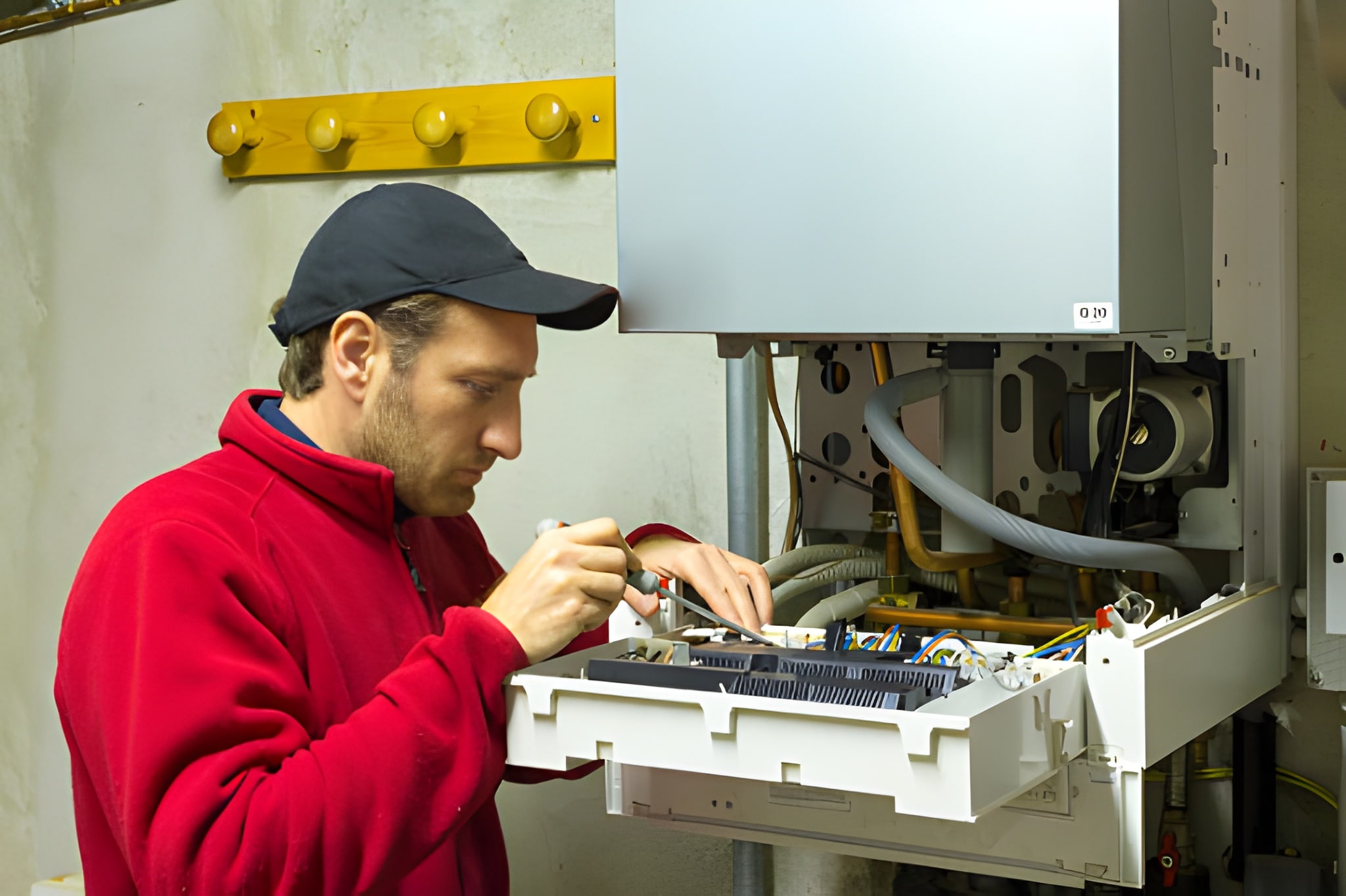Heating Maintenance in Grand Prairie, TX
Keeping your heating system tuned and safe is an important part of home comfort in Grand Prairie, TX. While North Texas winters are generally mild, late-season freezes and wide temperature swings place unusual stress on furnaces and heat pumps. Regular heating maintenance reduces breakdowns during cold snaps, improves efficiency after hot, dusty summers, and helps preserve manufacturer warranties—making annual service a practical choice for Grand Prairie homeowners who want dependable heat, lower energy costs, and longer equipment life.

Why scheduled heating maintenance matters in Grand Prairie
- Grand Prairie’s summer heat, seasonal storms, and high pollen loads create dust and debris that clog filters and reduce airflow.
- Systems that worked hard for months of cooling are more likely to show wear in the fall; early inspection prevents mid-season failures.
- Occasional freezes can reveal airflow or safety-control problems that are easier to fix when found early.
- Many manufacturers and installation promotions require documented annual maintenance to keep parts or labor warranties valid.
Common heating issues in Grand Prairie homes
- Clogged filters and reduced airflow from pollen, construction dust, and pet hair
- Ignition and pilot failures on gas furnaces after long idle periods
- Thermostat calibration drift leading to short cycling or temperature swings
- Dirty burners, restricted flues, or blocked condensate drains on high-efficiency units
- Wear on blower motors, belts, and bearings from heavy usage or lack of lubrication
- Heat exchanger stress or cracks from repeated temperature cycling (safety concern)
- Refrigerant or reversing-valve issues on heat pumps that reduce heating output
What a professional heating maintenance visit includes
Standard heating maintenance programs typically follow a detailed checklist to verify safe, efficient operation. A complete service will include, at minimum:
- Filter inspection and replacement (or guidance on replacement frequency)
- Visual and hands-on inspection of burners and ignition system; cleaning as needed
- Heat exchanger inspection for cracks, corrosion, and signs of combustion leakage
- Lubrication of motors and moving parts where applicable
- Electrical system checks: wiring, connections, capacitors, relays, and fuses
- Safety controls testing: limit switches, rollout switches, and flame sensors
- Thermostat calibration and control sequence verification
- Blower assembly cleaning and airflow measurement to confirm proper CFM
- Combustion analysis for gas systems (CO levels and combustion efficiency)
- Flue, venting, and exhaust inspection to ensure safe venting and no obstructions
- Condensate drain and trap inspection for high-efficiency systems
- System performance test: start/stop cycles, temperature rise measurements, and overall operational check
- Written report with findings, recommended repairs, and expected lifespan considerations
Recommended seasonal scheduling for Grand Prairie
- Fall Tune-Up (September through November): Primary recommendation for furnaces and heat pumps to prepare before cold weather arrives. This is when technicians clean burners, test safety devices, and confirm system readiness.
- Pre-winter check after early freezes: If Grand Prairie experiences an unseasonable freeze, a quick inspection can identify issues caused by thermal stress.
- For heat pumps: Dual seasonal checks (fall and spring) maximize efficiency year-round—fall for heating mode and spring for cooling mode ahead of heavy summer usage.
How maintenance improves efficiency, reliability, and safety
- Improved efficiency: Clean burners, lubricated motors, and clean filters reduce energy consumption by allowing the system to operate with less strain. Typical maintenance gains are noticeable in reduced run times and steadier temperature control.
- Greater reliability: Early detection of worn parts prevents emergency breakdowns during cold nights. Replacing or repairing small components during routine service is less invasive and less costly than emergency replacements.
- Longer equipment life: Properly maintained systems last longer; routine upkeep minimizes premature failure of major components such as compressors, heat exchangers, and motors.
- Enhanced safety: Combustion testing and heat exchanger inspections lower the risk of carbon monoxide leaks and unsafe operating conditions.
- Preserved warranties: Many manufacturers and labor warranties require documented annual maintenance. Maintaining service records protects your warranty rights and any promotional labor coverage tied to the installation.
Typical maintenance service plans and membership perks
Homeowners often choose from a few common plan types depending on equipment and needs:
- Annual Tune-Up plan: One comprehensive inspection and service visit per year (recommended for most Grand Prairie homes with a furnace).
- Dual-season plan: Two visits annually (spring and fall) for homes with heat pumps, split systems, or those wanting year-round optimization.
- Comprehensive membership: Includes scheduled maintenance visits plus ongoing benefits.
- Typical membership perks include:
- Priority scheduling during peak weather events
- Discounted repair labor or parts pricing on eligible repairs
- Waived or reduced diagnostic fees for members (varies by provider)
- A detailed service record kept for warranty and resale purposes
What to expect during a maintenance visit
A standard visit usually takes 45–90 minutes depending on the system. The technician will:
- Review system history and any homeowner concerns.
- Replace or clean the air filter and inspect duct velocity and registers.
- Perform the checklist items above (burner cleaning, safety tests, electrical checks).
- Run the system through operational cycles and measure performance data.
- Provide a written summary of findings and recommended next steps if repairs are needed.
Maintenance tips that add value between service visits
- Change disposable filters every 1–3 months during heavy use; consider high-MERV pleated filters balanced with airflow needs.
- Keep returns and supply vents clear of furniture and draperies to maintain balanced airflow.
- Seal major gaps in attic or ductwork to reduce stress on the heating system and improve comfort.
- Note unusual noises, odors, short cycling, or odd temperature changes and document the date/time—this helps technicians diagnose intermittent issues faster.
Routine heating maintenance in Grand Prairie protects comfort, safety, and your investment. Annual or biannual service tailored to local conditions—summer dust, pollen, and occasional freezes—keeps systems running efficiently, preserves warranties, and reduces the chance of inconvenient breakdowns during the colder months.

Flexible Financing Options
Explore our range of flexible financing options designed to suit your needs and budget.













